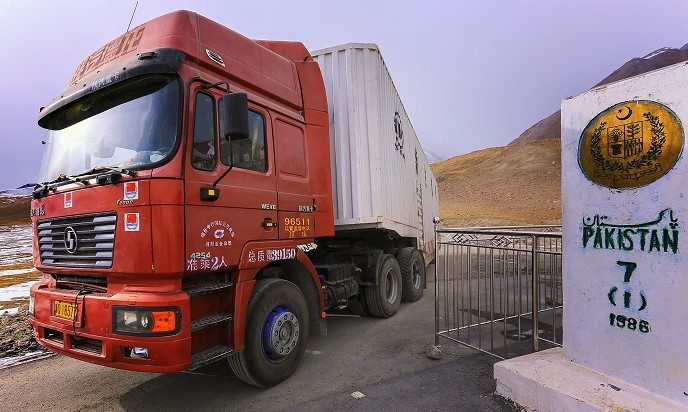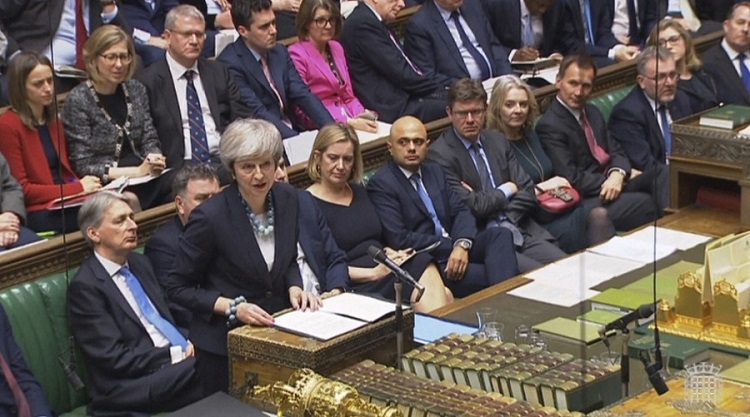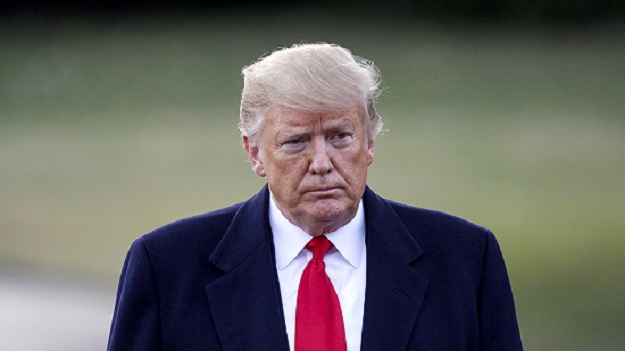It is well known that self interest guides the foreign policies of all nations, sovereignty and security being main issues followed by trade, economic well-being and cultural manifestations, among others. China, however, is following a different path altogether, it is adopting an imperialistic posture that is supported by its immense wealth in the form of foreign currency reserves. Profit is the centre of gravity of the Chinese foreign policy which, in turn, translates into a modern version of colonisation.
Pakistan is the focal point of Chinese policy of economic colonisation, it’s there that the pilot project of the ambitious Belt and Road Initiative has been initiated. The model that is better known as the China Pakistan Economic Corridor (CPEC), is proposed to be replicated in other countries once its efficacy is established.
Pakistan is presently in a financial crisis due to a debt-trap like economic situation. It has a huge balance of payments that needs to be given to western nations and financial institutions like the World Bank. Under these circumstances, it has no option but to look towards China for relief. China, for its part, is quite ready to render financial assistance to Pakistan because every dollar going in the country is selling itself off. China already has virtual control over Gilgit-Baltistan and Balochistan and now by getting into investment in the agriculture and social sectors it is gaining a foothold in Punjab, the richest and strongest province of Pakistan and also its holy cow.
The advocates of CPEC, who have unimaginable financial gains and wealth at stake, speak incessantly of the so-called immense benefits that will accrue from it to the people of Pakistan. This is bound to remain an illusion till such time that the Pakistani government does not usher fiscal reforms that would sustain the economy and there seems to be no progress in this direction. The rich continue to become richer and the poor poorer in Pakistan and the new Pakistan envisioned by the incumbent prime minister, Imran Khan, is nowhere in sight.
The countries, like Pakistan, that are looking towards China for aid would be well advised to look at the status of the Hambantota Port in the southern coast of Sri Lanka which has been developed by China. A Port is a piece of real estate that can define the importance of a country like Sri Lanka in global affairs, such is its strategic value. In a fit of short sightedness or probably due to avarice, the government of Mahinda Rajapaksa allowed the Chinese to build a port facility at Hambantota whose capacity far exceeded the requirement. With time it remained under-utilised and became economically unviable. China then swooped in to take over the facility on a 99-year lease. It has now supported the ouster of the incumbent government in the island nation in favour of its old friend Rajapaksa in order to ensure that the hold on the Port becomes strong and irretrievable. This is a lesson for all other nations, especially Pakistan, while dealing with the country.
China is specially targeting African nations in its economy-driven imperialist and colonist designs. It is so because these countries have much in common with Pakistan so far as mis-governance is concerned. They too have borrowed indiscriminately from western countries and are now desperate to find an exit route which China is ever-ready to provide in return for unlimited access to the rich resources of these Banana Republics. A good example in this regard is Dijbouti which is under debt to China to the tune of almost three quarters of its Gross Domestic Product and is, as such, already under Chinese control. Other nations will undoubtedly follow suit.
Malaysia was more intelligent and circumspect. It drove a hard bargain with China which was obviously not accepted by the latter and the deal fell through. China is trying to revive the same but is not making any headway. Other countries like Bangladesh and Myanmar are also getting second thoughts about projects that they have negotiated with China.
China wishes to project the image of being a peaceful country committed to development of the poor countries across the world. Nothing can be further from the truth. It is, in fact, a much larger and more potent version of the British East India Company with all intentions of getting hegemony over as much of the global resources as is possible.
India is perceived by China as a big thorn in its march for unmitigated power. The countries that China is trying to harness have ancient and traditional links with India. India also has strategic influence over the Indo-Pacific region so important for China to sustain its trade. This region is also a conflict zone between the US and China wherein India has a crucial role to play.
In the wake of these developments the best recourse for Pakistan would be to understand that it ruining its future generations by adopting a parochial self serving approach with regard to China. India on its part has to challenge the Chinese strategy of using her as a leverage to project an “enemy of enemy is your friend” kind of an image while trying to influence the countries in the neighbourhood, especially Pakistan. She has to intensify diplomatic efforts and create awareness of China’s hegemonic activities while remaining aligned with such global powers that understand the need to check China.
The only language that China understands is that of power and here the build up of Indian military capabilities gain utmost importance. The Indian government will need to shed its lethargy in getting its armed forces into fighting fit mode in terms of both human resource and capacity building. Both aspects are lacking at the moment. The political class in Nepal, Bangladesh, Myanmar, Sri Lanka and Maldives are clearly divided on the lines of pro-India and pro-China lobbies and here the balance needs to be tilted in the Indian direction. Pakistan, of course, needs to introspect deeply if it wishes to save its identity as a nation.










